Discover how Keegans and ECD Architects transformed Wilmcote House into the UK's first large-scale EnerPHit standard retrofit project. Learn about our roles in project management, quantity surveying, and principal designer services for this sustainable refurbishment.
See moreThank you for getting in touch. We will be in contact shortly.
Keegans were appointed to provide Project Management, Quantity Surveying and Principal Designer services alongside our sister company, ECD Architects, who were the lead designer on the refurbishment works for Wilmcote House.
Wilmcote House is the first large-scale project to reach the EnerPHit standard (the retrofit equivalent of Passivhaus). Wilmcote House was constructed in 1968 and is an 11-storey large panel ‘Bison’ REEMA variant. Several major elements of the building were coming to the end of their serviceable life with the result that the building required major refurbishment. It was decided to retrofit and refurbish Wilmcote House to extend its life for a minimum of a further 30 years providing a sustainable approach for the estate’s regeneration, significantly reducing heat loss/energy use and fuel poverty for residents as well as contributing to the Somerstown area-wide regeneration.
This project started as a simple overcladding project with a £3m budget. We advised the client from inception that the budget was not enough for an over-cladding project of this size. Following extensive consultation, we then worked closely with the client to redefine the brief by advising that whilst over-cladding, would also be worth carrying out the list of works below. We then provided them with information about potential funding available if they were able to go that one step further and make it an EnerPHit project.
The refurbishment of Wilmcote House included:
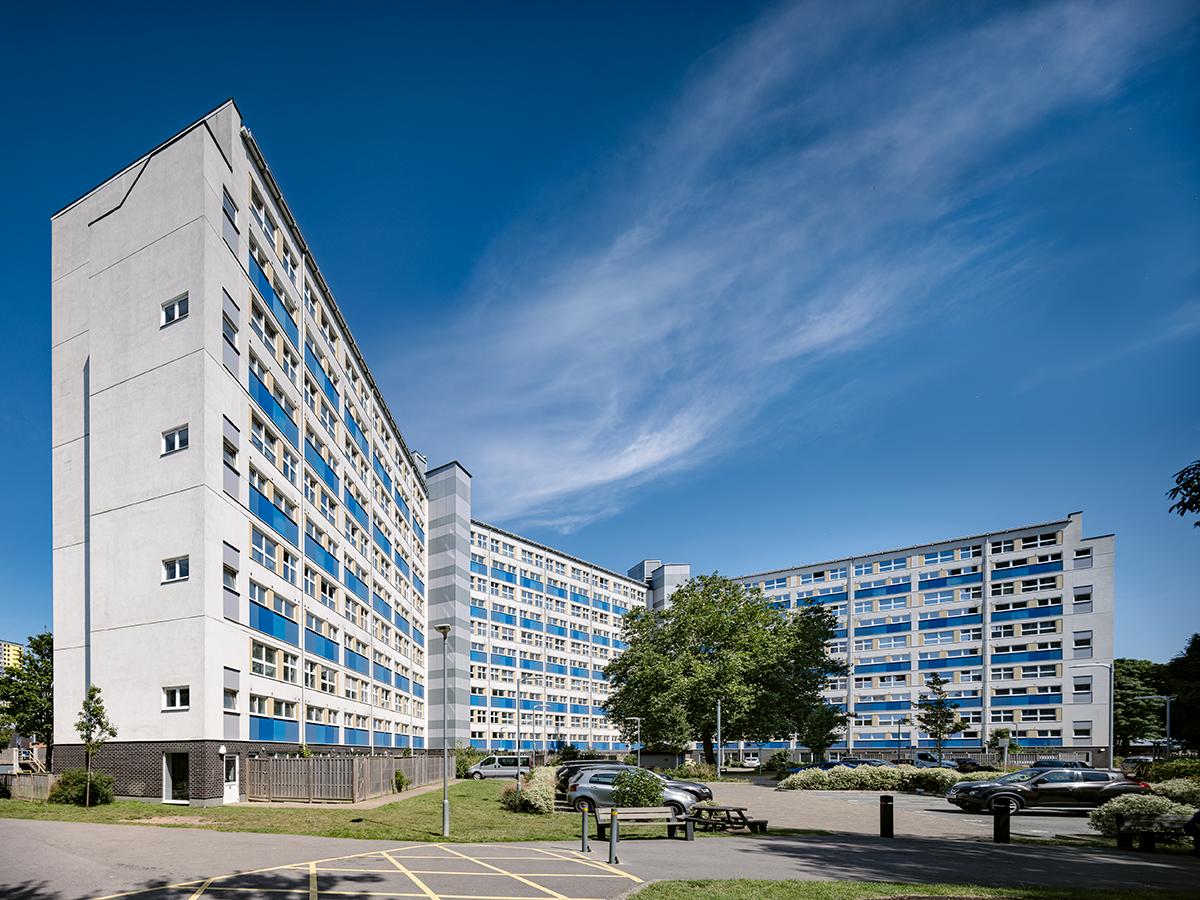
Attracting ECO funding, the project was designed to meet the stringent EnerPHit standard, the retrofit equivalent to Passivhaus. Achievement of this standard reduced annual heating and hot water costs by 90%, saving around £750 per dwelling per annum in energy bills. As part of this project, we refurbished the community centre including overcladding, reconfiguring, new insulation and roof to ensure it becomes a valuable asset for the community to use. As quantity surveyors, we provided cost plans throughout the design stages and worked with the client and architects to gain additional funding via EnerPHit. We worked closely with the client to produce the tender documents including Bills of Quantities and the pricing document. It was tendered via OJEU 2-stage procurement.
As part of our quantity surveying role, we carried out regular valuations and cost reports and reviewed any variations submitted by the contractor against what had been carried out on-site and adjusted accordingly. This process was carried out monthly and reported back to the client. In addition to the above, we also submitted variation claims and negotiated on variations. This was an ongoing process throughout the project and ultimately resulted in the final account.
We provided the client with monthly cost reports with measurements against the contract sum advising the client if the project was on budget and any predicted overspending as well as assisted in any extension of time claims from a financial point of view.
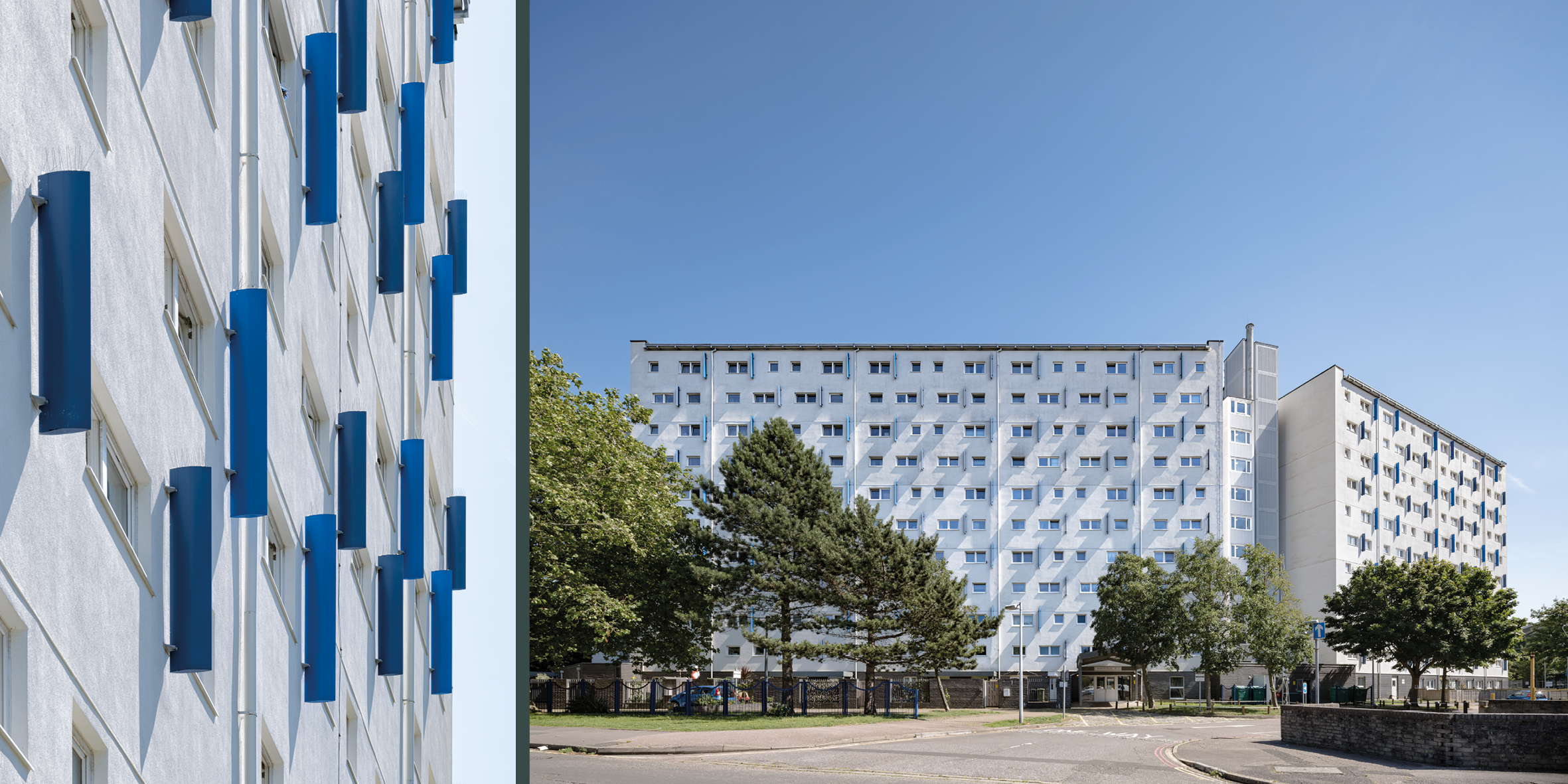
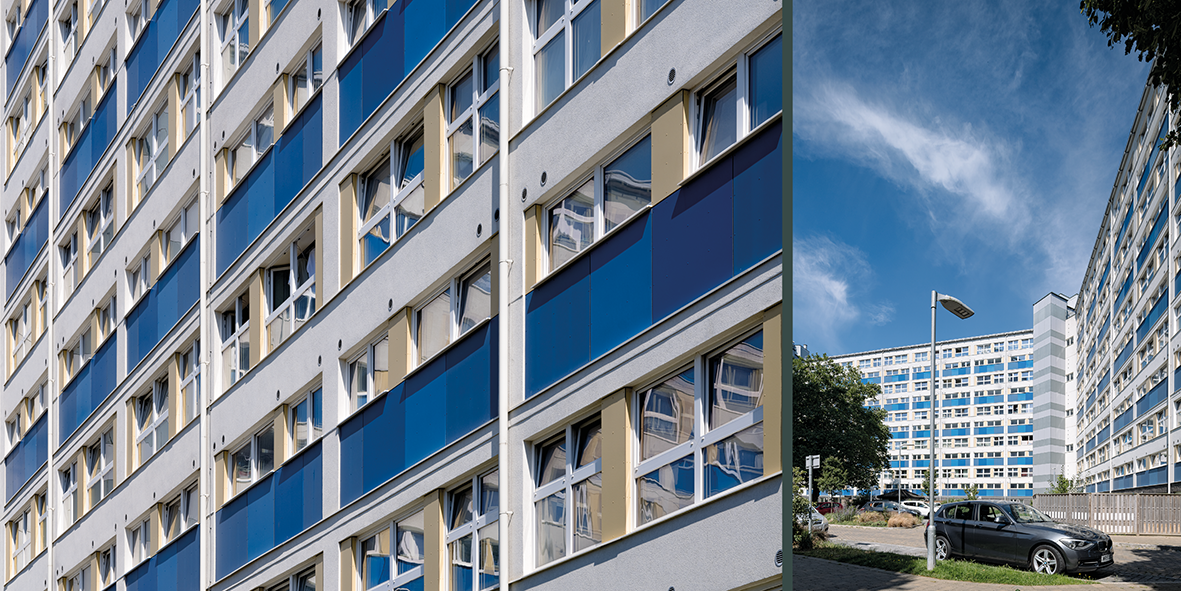
As this project needed to achieve the stringent Passivhaus standards, the project’s design and specification used the Passive House Package (PHPP) software. PHPP was the key design tool used when planning a Passive House and as such, served as the basis of verification for the stringent Passive House Standard. For example, our project manager and designers reviewing costs for the project with our quantity surveyors, we were able to quickly plug in alternate solutions into the programme to identify the impact each change would have on the success of the project as a whole.
The project was managed by a single main contractor (Engie) with several subcontractors responsible for key packages including structural repairs and enveloping works. In addition, the contractor was responsible for some CDP elements and separately employed an airtightness consultant and Passivhaus designer. Following the appointment of the contractor Keegans administered the contract and led the client team in monitoring contractor performance.
Wilmcote House has been designed using BIM. BIM allowed better communication with the client, greater understanding within the project team of the building as a whole and the ability to produce a more integrated design. Embracing BIM allowed us to project manage the whole design and delivery team to produce better coordinated and rationalised building design, whilst at the same time reducing project programmes through more accurate scheduling and synchronized detailing, which in turn reduced material waste and operating costs.
With Wilmcote House the largest occupied building to target EnerPHit in the world, PCC invited Southampton University to undertake studies to establish the extent of fuel poverty within the building and measure the building’s thermal performance. A partnership was also formed with the London School of Economics (LSE) who surveyed residents before, during and after the works to understand the challenges and benefits of working with residents in-situ, and what impact the project has had on their lives.
Upon project completion, Southampton University’s monitoring revealed significant improvements in thermal comfort and reduced energy usage. The LSE report captured positive resident feedback, with comments highlighting the increased comfort, reduced energy bills, and overall satisfaction with the refurbished building.
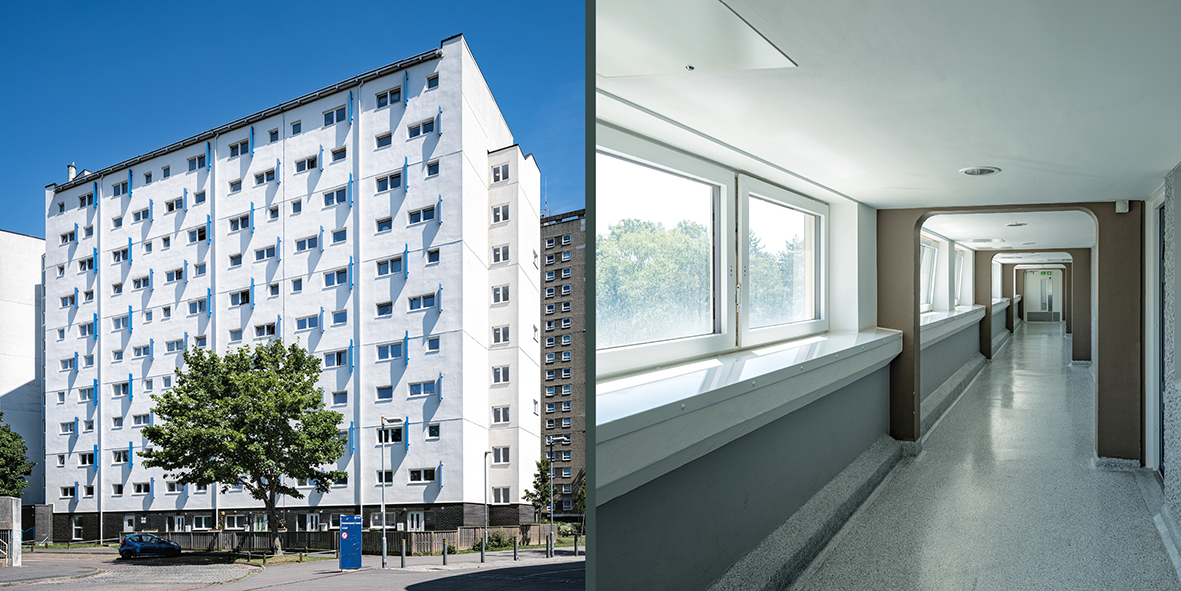
People who worked on this project
Services you may be interested in
We deliver flexible, tailored, results driven project management from experienced, dedicated professionals.
Effective cost management is a vital component in all building projects, from feasibility studies and cost estimates to budget control and final cost assessments.
Our Elmhurst qualified, TrustMark registered Retrofit Coordinators, Assessors, Designers and Evaluators have the skills and experience necessary to enable our clients to achieve full compliance under PAS 2035:2023.
Our qualified team of Principal Designers and CDM Advisors are experienced Health and Safety professionals with varied construction backgrounds
Architectural services are provided by Keegans sister company, ECD Architects (Energy Conscious Design)
Sectors we work in
This is a core sector for us, working for numerous local authorities, housing associations, private managing agents and developers, ensuring residents are at the heart of every project.
£12,900,000
Winner: RICS Awards – Design Through Innovation Category
Winner: RICS Awards – Regeneration Category
Winner: Constructing Excellence Awards – Sustainability Category
Winner: SHIFT Awards – Best Retrofit Project
Highly Commended: AJ Retrofit & Reuse Awards – Retrofit Revisited
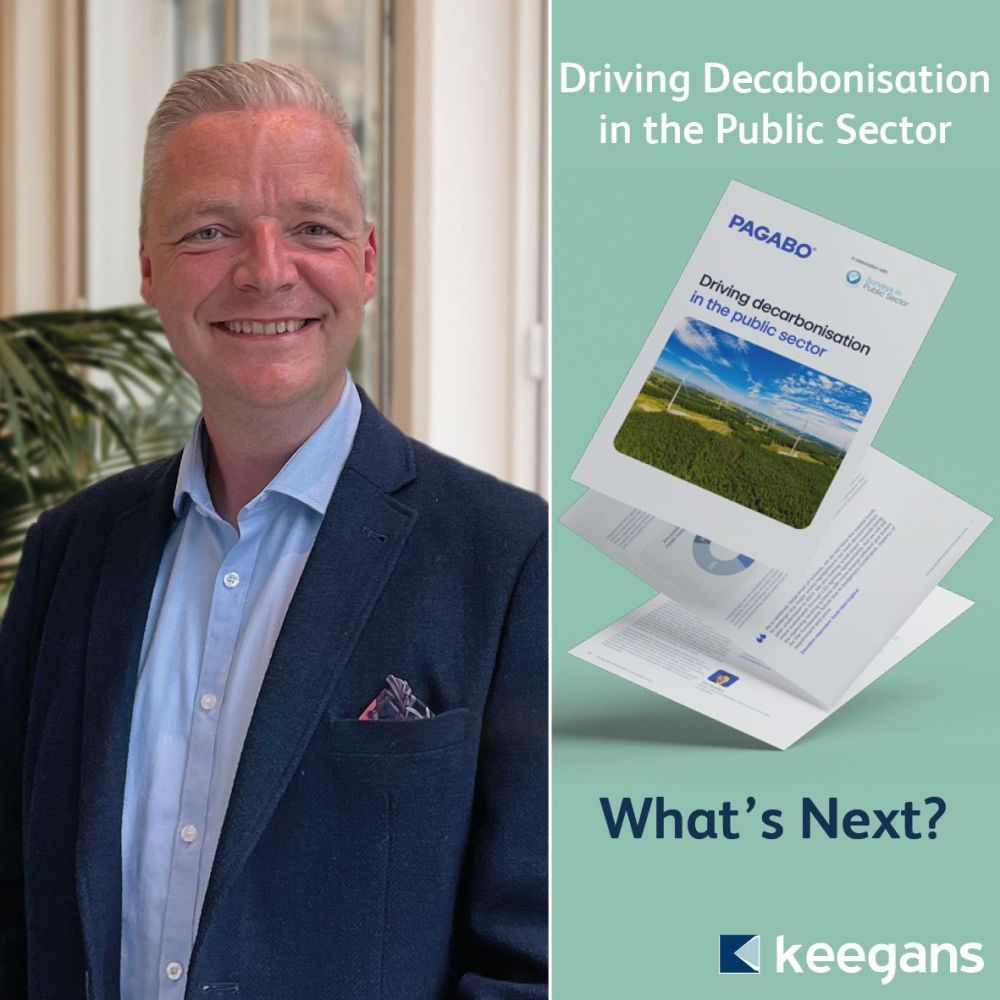
23.09.2025
Driving Decarbonisation in the Public SectorJonathan Bourke, reflects on Pagabo’s research and shares his perspective on the key takeaways

07.10.2025
Takura is AssocRICS QualifiedCongratulations to Keegans Takura Mavera, who is now AssocRICS qualified with the Royal Institution of Chartered Surveyors!
Thank you for getting in touch. We will be in contact shortly.